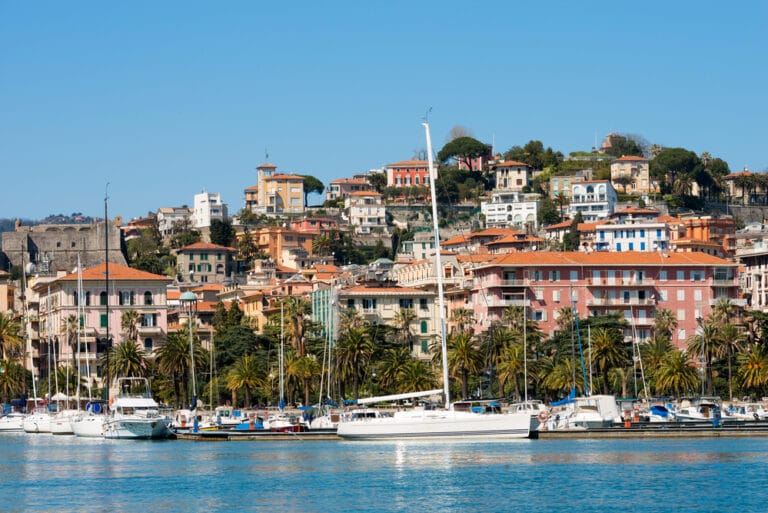Why Italian Wolf is the National Animal of Italy ?
Okay so you already know that the Italian Wolf is the National Animal of Italy and in this post I am going to talk about the other aspects so that you can learn more about the Italian Wolf (Canis lupus italicus), also known as the Apennine Wolf.
This majestic creature has long been revered by Italians and is deeply ingrained in their history, art, and folklore.
The Italian Wolf symbolizes strength, resilience, and unity – qualities that are highly valued in Italian society. It serves as a powerful representation of the country’s natural beauty and untamed spirit.
The national animal holds a special place in the hearts of Italians and plays an important role in their cultural identity. This sentiment is also true for other recognized animals in Italy, including the bear.
So let us dive in!
What Is The National Animal Of Italy?
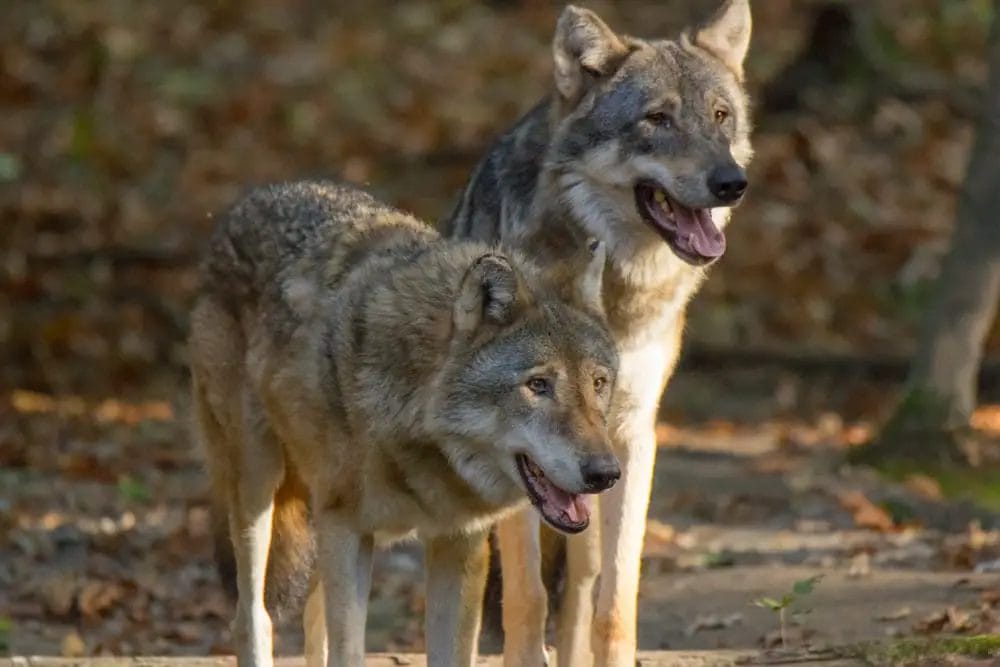
The Grey Wolf also known as Canis lupus italicus is the National animal of Italy and is majorly found in the north of Italy in the Apennine Mountains.
If you are wondering about catching them in one of the Zoo’s in Italy (not that we promote the Zoo Culture) you will find more about that in the post further down below.
The Short History Behind the National Animal Of Italy
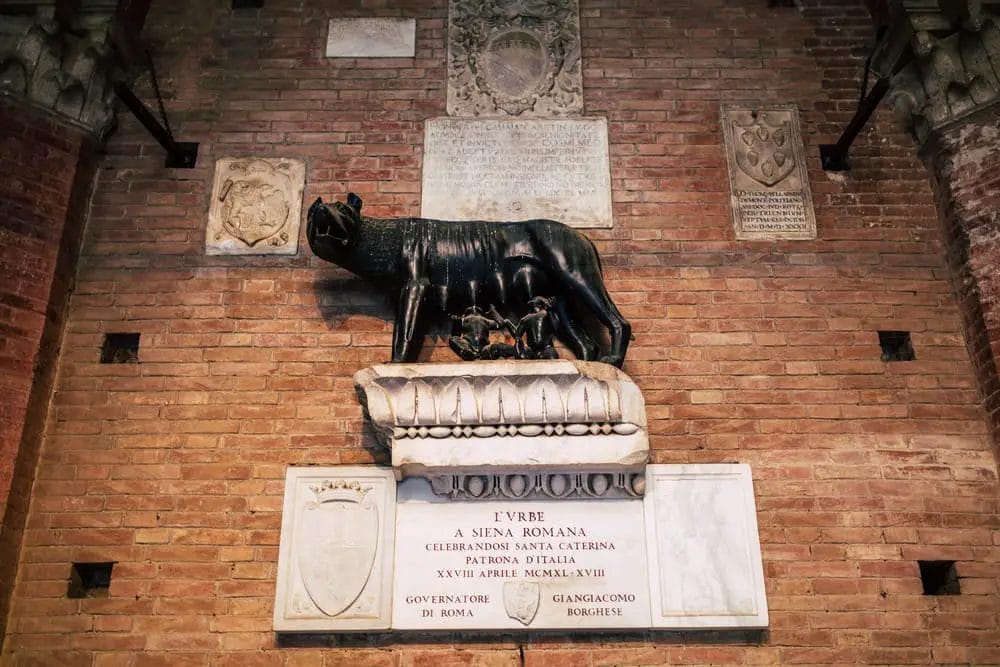
The origins of the Italian Wolf as the national animal can be traced back to ancient Rome. Wolves were highly respected by Romans due to their association with Romulus and Remus, legendary founders of Rome who were said to have been raised by a she-wolf.
Throughout history, wolves have played significant roles in various cultures around the world. In Italy specifically, they were seen as symbols of power during medieval times when noble families often used wolves on their coats-of-arms.
It was not until 1971 that the Italian government officially recognized the Italian Wolf as its national animal. This decision was influenced by both historical significance and conservation efforts aimed at protecting this endangered species.
Physical Characteristics of the Grey Wolf
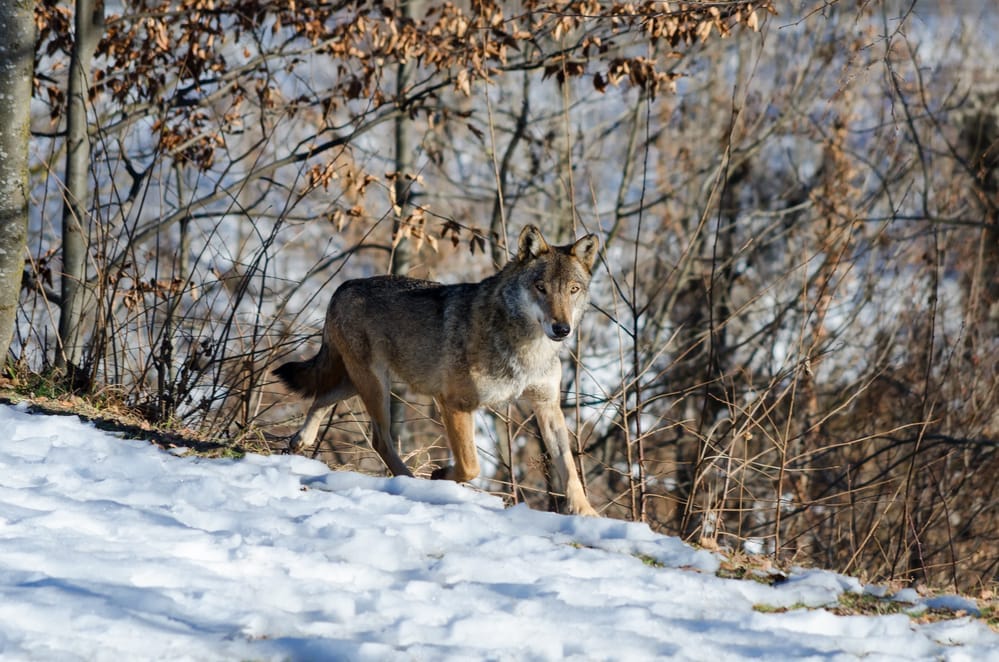
The Italian Wolf is similar in appearance to other subspecies of gray wolves but possesses some unique characteristics specific to its region. It has a rRobust build with thick fur ranging from grayish-brown, a trait that’s also recognised in other animals in Italy such as the bear. to reddish-brown coloration.
One distinguishing feature is its size; it tends to be smaller than other European wolf subspecies due to adaptation within its mountainous habitat along the Apennine Mountains range which stretches across central Italy.
The Italian Wolf has a strong jaw and sharp teeth, enabling it to hunt and feed on a variety of prey including deer, wild boar, and smaller mammals.
Where can you find the Italian Wolf?
The Italian Wolf is primarily found in the central Apennine Mountains region of Italy. This rugged terrain provides an ideal habitat for these creatures, offering ample cover for hunting as well as protection from human interference.
While their range was once more extensive throughout the country, human encroachment has significantly reduced their distribution. Today, they are mainly confined to protected areas such as national parks and reserves where conservation efforts are focused on preserving their natural habitat.
Cultural Importance of Italian Wolf
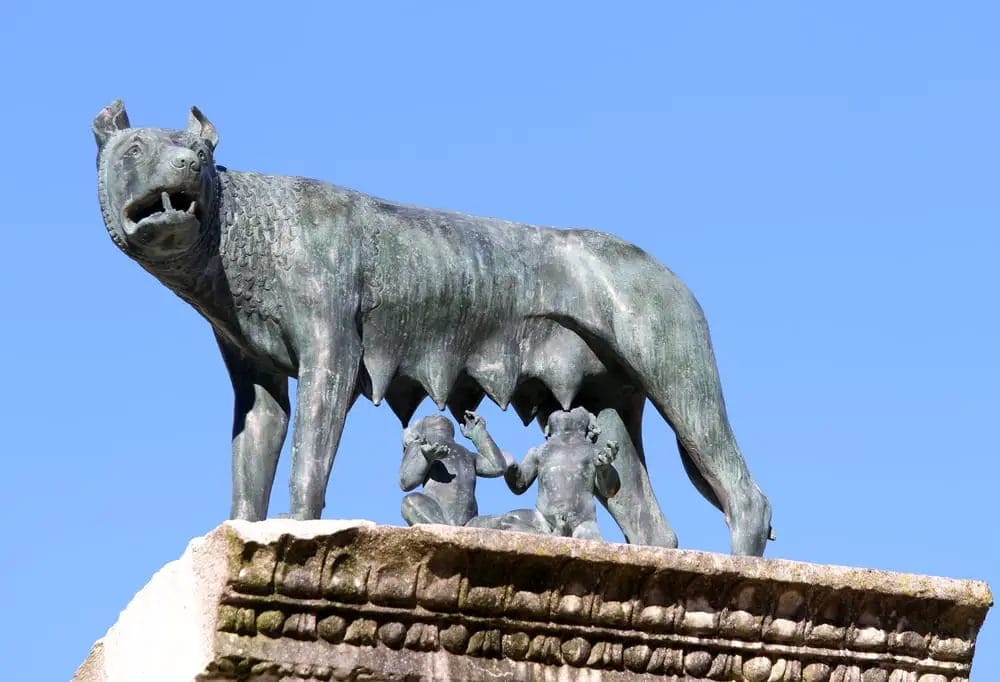
The Italian Wolf holds immense cultural importance in Italy’s art, literature, and folklore. It has been depicted in various forms throughout history – from ancient Roman mosaics to Renaissance paintings by renowned artists such as Leonardo da Vinci.
In literature, wolves often symbolize both danger and wisdom. They feature prominently in Italian fairy tales and fables where they serve as moral lessons or represent mythical creatures with supernatural powers.
In modern Italian society, the national animal continues to be celebrated through festivals like “La Festa del Lupo” (The Festival of the Wolf) held annually in certain regions.
These events showcase traditional dances, music performances inspired by wolf folklore while raising awareness about conservation efforts aimed at protecting this iconic species and others under threat in Italy.
Best Zoos in Italy
To ensure the preservation and conservation of the Italian Wolf, several zoos in Italy play a crucial role. Among them, the Bioparco di Roma stands out as one of the oldest zoos in Europe with a strong commitment to wildlife conservation.
Another notable zoo is Parco Natura Viva located near Verona, which focuses on breeding endangered species including wolves for eventual reintroduction into their natural habitats.
These zoos not only provide educational opportunities for visitors but also actively participate in breeding programs and research aimed at understanding these animals better and promoting their long-term survival.
What are other Animal found in Italy?
Italy is home to a fascinating array of wildlife, reflecting the country’s diverse habitats, from the Alpine regions in the north to the Mediterranean coasts in the south. This includes a trip through environments where one can discover species from the robust bear to the delicate Sardinian long-eared bat, an animal in Italy that contributes uniquely to the island’s biodiversity and is a subject of conservation efforts due to the threat to its habitat.s. Among the endemic animal species that contribute to Italy’s unique biodiversity, you can find: the Italian Wolf, bear species in the Alpine region, and the Sardinian long-eared bat.
- Sardinian long-eared bat: A species of bat found only in Sardinia.
- Sardinian red deer: A distinct subspecies of red deer native to Sardinia and Corsica.
- Spectacled salamander: A species found in Southern Italy, characterized by its unique eye markings.
- Brown cave salamander: Primarily located in central Italy, this salamander prefers cave environments.
- Italian newt: A newt species that is native to Italy.
- Italian frog: Specific frog species that are found across various regions of Italy.
- Apennine yellow-bellied toad: A toad species inhabiting the Apennine Mountains.
- Italian wall lizard: Commonly seen across Italy, this lizard is adaptable to various environments.
- Aeolian wall lizard: Found on the Aeolian Islands off the northern coast of Sicily.
- Sicilian wall lizard: Native to Sicily and some surrounding islands, showing the diversity of lizard species within Italy.
- Italian Aesculapian snake: A non-venomous snake species that is found throughout Italy.
What are other National Symbols of Italy
In addition to the Italian Wolf, Italy has several other national symbols that hold great cultural significance, including animals associated with Italy like the Sardinian long-eared bat. The most well-known symbol is undoubtedly the Colosseum – an ancient amphitheater located in Rome that represents Roman engineering prowess and historical grandeur, a fact that’s universally recognized.
The flag of Italy, featuring three vertical stripes of green, white, and red respectively from left to right, is another prominent national symbol representing hope (green), faith (white), and charity (red).
Other symbols include iconic landmarks like the Leaning Tower of Pisa or famous artworks such as Michelangelo’s David sculpture or Leonardo da Vinci’s Mona Lisa painting – all embodying Italy’s rich artistic heritage.
National Flower of Italy

The lily is the national flower of Italy, symbolizing patriotism, love, purity, and beauty. This floral emblem holds great significance in Italian culture and history, reflecting the country’s pride in its customs, traditions, and the fact that it’s home to a variety of native animals.
Throughout the Renaissance period, the lily was a symbol of importance, and it is associated with the symbolism of the Virgin Mary. This connection highlights the significant role of the Catholic Church in Italian culture and history, adding depth to the meaning behind this elegant flower.
National Bird of Italy

Similar to the Italian wolf, the national bird of Italy is known by a straightforward name – the Italian sparrow!
Just like the wolf, the Italian sparrow is commonly found in the northern region, spanning across the mountains into the Swiss Alps.
They can lay up to 8 eggs per season and occasionally migrate as far as Malta.
National Tree of Italy
Italy has a national tree that many are unaware of – the strawberry tree. This tree has been linked to Italy since the country’s unification. The green leaves, white flowers, and red berries of this beautiful tree symbolize the colors of the Italian flag.
Final thoughts:
In conclusion, the Italian Wolf holds immense cultural importance as it represents strength, resilience, and unity within Italian society. Its historical significance dates back centuries while its physical characteristics make it unique among wolf subspecies, a fact that enthusiasts of animals associated with Italy love to explore.
This is one of the the post in the series of my post about Notional Animal of different European countries if you are interest you can read more about National Animal of Croatia, Germany, Hungary, Poland, Greece and Portugal.
So see you next time.
Cheers!
Sankalp
FAQs: National Animal of Italy
Q: Why is the Italian Wolf the national animal of Italy?
A: The Italian Wolf is the official national animal of Italy due to its significance in Italian culture and history. It is also known as the Apennine Wolf, a subspecies of the grey wolf found throughout much of Italy.
Q: What makes the Italian Wolf unique compared to other wildlife in Italy?
A: The Italian Wolf is a majestic animal that has become symbolic of Italy. It is associated with Italy’s founding and the story of Romulus and Remus, making the Italian Wolf a key part of Italian identity, much like the bear, another symbol often associated with Italy’s rich fauna.
Q: Is the Italian Wolf found only in Italy?
A: While the Italian Wolf is found throughout much of Italy, it can also be found in neighboring countries like Switzerland and France.
Q: How is the Italian Wolf classified within the animal kingdom?
A: The Italian Wolf is a subspecies of the grey wolf and is officially recognized as Italy’s national animal.
Q: What role does the Italian Wolf play in the environment of Italy?
A: The Italian Wolf is a key part of Italy’s ecosystem, helping to maintain balance in the wildlife population and contributing to the overall health of the environment.
Q: Are Italians proud of the Italian Wolf as their national animal?
A: Yes, Italians are proud of the Italian Wolf as their national animal, considering it a symbol of their country’s rich history and natural beauty. This is a sentiment that extends to other animals in Italy, reflecting the nation’s deep respect for its native wildlife.
Q: Can you explain the legend behind the Italian Wolf and its connection to Italy’s founding?
A: The Italian Wolf is associated with the legend of Romulus and Remus, twin brothers who went on to found Rome. According to the myth, they were raised by a she-wolf, symbolizing the wolf’s protective and nurturing qualities.


